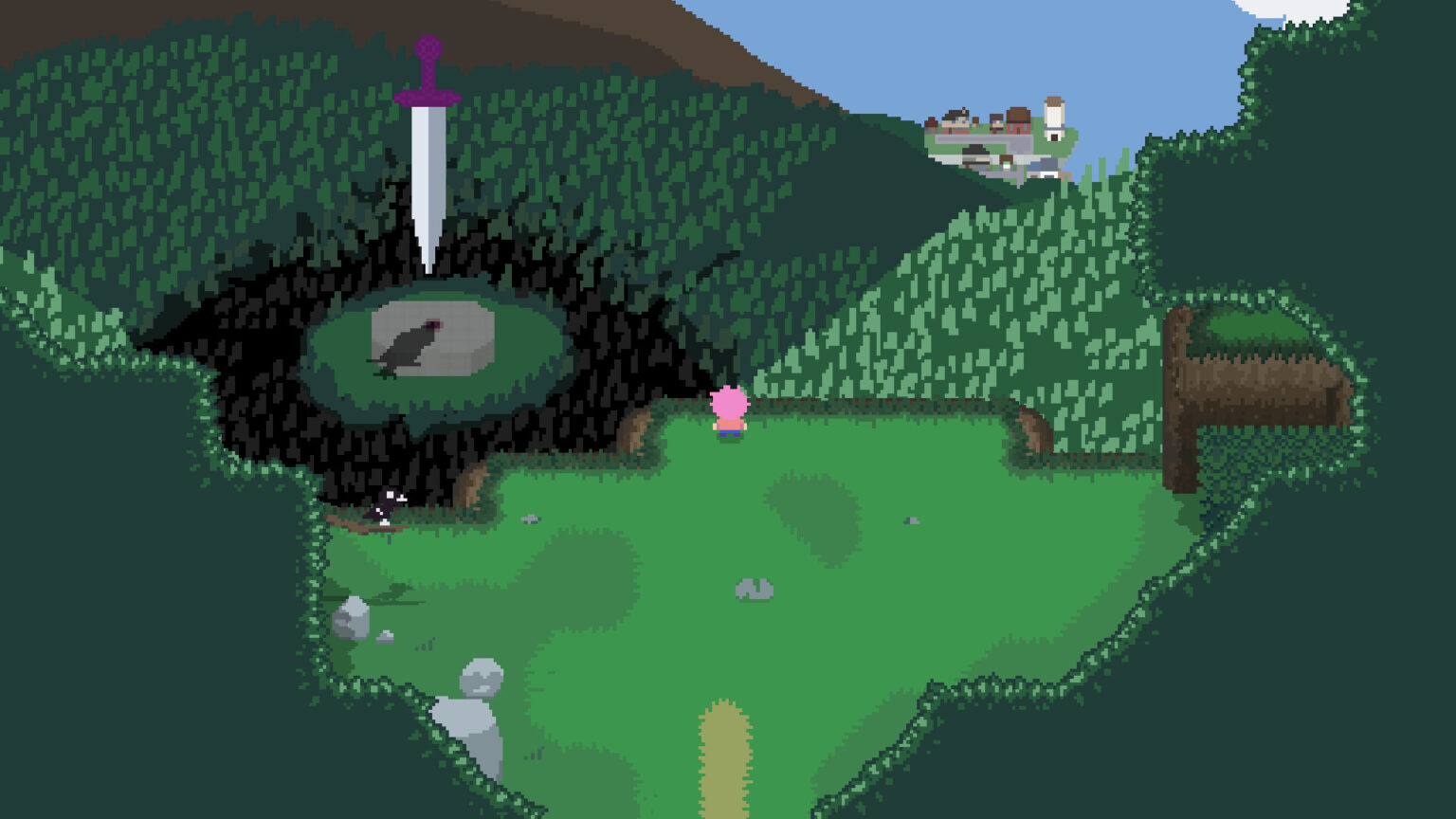Introduction
In the bustling realm of indie game development, one name stands out this year: “Afterplace.” Crafted entirely by solo developer Evan Kice, this open-world adventure game has captured the imaginations of gamers with its unique blend of whimsy, intrigue, and innovation. “Afterplace” invites players to traverse its mysterious woods, uncover concealed paths, and hack and slash their way through bizarre creatures, all while attempting to maintain their grasp on reality—or perhaps choosing to let it slip. Here’s why “Afterplace” promises to be a journey unlike any other.
A One-of-a-Kind Adventure
What makes “Afterplace” stand out in an overcrowded market of adventure games is its charmingly offbeat world teeming with silly characters and terrible secrets. Kice has meticulously crafted a game universe that feels both familiar and enchantingly strange, weaving elements of fantasy, mystery, and humor into a seamless tapestry that appeals to players of all types.
Intriguing Storyline with Open-World Exploration
The narrative is ingeniously intertwined with gameplay, offering players unprecedented freedom to explore at their own pace. The open-world design encourages exploration and discovery, with hidden paths and secrets scattered throughout. Whether you choose to unearth these secrets is entirely up to you, lending a refreshing sense of agency and personalization to the gaming experience.
Engaging Combat System
The combat system in “Afterplace” delivers satisfying hack-and-slash mechanics that keep players on their toes. Each strange monster poses a unique threat, requiring strategic thinking and quick reflexes to conquer. The engaging combat elements are seamlessly integrated into the broader narrative and exploration, ensuring a cohesive and thrilling experience.
Reality-Bending Twists
In “Afterplace,” the boundary between reality and fantasy is as thin as the forest’s mist, and players are invited—or perhaps challenged—to not break it. The game playfully hints at the fragility of the in-game world, encouraging players to embrace a narrative filled with twists and existential questions. This adds depth and intrigue, making each decision meaningful and impactful.
A Testament to Solo Development
Evan Kice’s work on “Afterplace” is a testament to the possibilities of solo game development. The passion and personal touch imbued in every aspect of the game offer a uniquely intimate experience for players. It’s a clear indication that one individual’s vision can produce an unforgettable gaming journey that rivals those created by larger studios.
Conclusion
“Afterplace” encapsulates the wonder of indie gaming by merging complex narratives, engaging gameplay, and an artist’s touch into a cohesive whole. This is an adventure that beckons players to both savor and challenge reality, explore its quirky corners, and engage with its charmingly ridiculous inhabitants. So gear up to lose yourself—and perhaps a little bit of your sanity—in the wonderfully absurd world of “Afterplace.”


